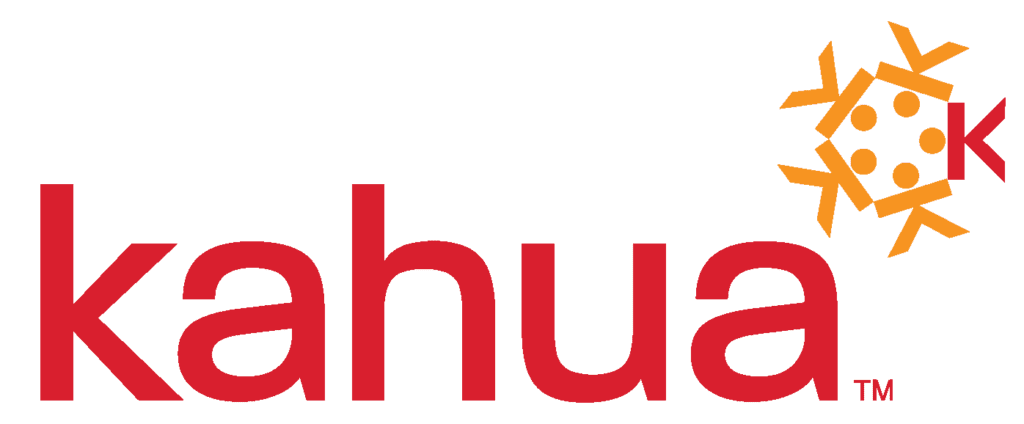The Importance of Cash Flow Forecasting
Construction teams that don’t keep a tight grip on their cash flow forecasting, projections, and actual variances stand to contribute to the over $280 billion in yearly delayed payments reported for 2024 alone.
Without a clear understanding of cash into the company and expenditures on project tasks, the construction project owners risk going over budget or worse: not completing the project at all.
A healthy project accounting practice that correlates to project tasks, milestone completions, and on-the-ground work will contribute to accurate cash flow forecasting. These forecasts, plus regular project projection and analysis, allow companies to keep an eye on how the work affects the financials and vice versa.
The effects of this data-driven work are more on-time payments, better project financial health, fewer delays, and greater assurance of project success.
What Is Construction Cash Flow Forecasting?
Construction cash flow forecasting is the combination of accounting and project management data to track, predict, and respond to changes in the movement of money into and out of a construction project.
The forecast identifies key risks and potential delays and helps the project owner plan for funding shortages and financial challenges that could throw the project off schedule.
When project owners align construction project management and accounting data to forecast cash flow within a project or their full portfolio, they can avoid souring relationships with vendors and contractors due to payment delays.
With an accurate forecast, a project owner can plan project milestones to align with payments from private or government funding and reduce overall project risk.
Why Accurate Cash Flow Forecasting Matters
Forecasts that skew too broadly from the actual project progress cause avoidable business-wide problems. While most companies fear underestimating the capital needed at any stage of the project, overestimation ties up resources that could be used elsewhere.
Finding the happy medium is the goal.
Underestimation compounds schedule disruptions
Underestimating a construction project’s cash flow leads to avoidable delays that affect all of the work that depends on timely execution. It can also cause unhappy vendors, employees, and partners.
The relationships the project owner has with internal and external stakeholders can impact work prioritization, further deals, and the project owner’s ability to effectively complete projects.
Accurate cash flow forecasting means on-time payments and more reliable project scheduling.
Read the related blog: Construction Cost Forecasting: 3 Key Methods to Ensure Accuracy
Overestimation affects the portfolio
When the project owner overestimates the cost or miscalculates the accounting schedule due to incomplete data, the capital reserves for the entire portfolio are affected. Over-funding one project can cause delays or shortages in other projects that could use those earmarked funds.
Additionally, internal project managers of overfunded projects have fewer reasons to find creative solutions to common issues, like artificially inflated pricing or slow progress, and may instead over-spend because the funds are there.
Accurate forecasts motivate teams to work leaner and collaborate across projects to make the most of funding.
Unnecessary borrowing leads to unnecessary fees
Project owners that rely heavily on loans may incur unnecessary fees that go to interest payments. Volatile markets and interest rates can make borrowing even more risky, as interest rates may vary day to day.
Accurate forecasting means the project owner can avoid unnecessary loans and their associated fees without sacrificing project schedules.
5 Key Steps in Construction Cash Flow Forecasting
Construction cash flow forecasting follows a similar path as any budgeting process, but with the added bonus of defined milestones or task completion checkpoints where project owners can use projections to identify and mitigate risks.
Follow these steps during the project to make the most of your accounting and project management data.
1. Assess Your Project Funding Position
Start by identifying all sources of incoming funds. This could include client payments, grants, loans, or capital reallocated from other initiatives.
Next, outline all expected project costs, such as payroll, vendor contracts, equipment, materials, and storage.
Subtract total projected expenses from total available funding to determine your net funding position. This reveals whether the project is currently over- or under-allocated.
Tracking this position throughout the project helps you detect funding gaps early and make timely decisions that support financial stability and project success.
2. Distribute Cost Over Schedule
Once you’ve identified the cash in and cash out, align the amounts with the project schedule.
For example, a vendor may require 50% payment up front, 25% at the halfway point, and 25% at close of the task. The amount you’ve set aside for the vendor should match with those projected task dates in the project management tool.
Don’t forget that payments to the project can come in at different points on the task timeline, so build that into your forecast.
3. Make Cash Flow Visible
Visualize the cash flow per time period on a line chart to identify where cash flow restrictions or negatives will occur, and consider adjusting your project schedule to make up for those issues.
4. Track Actual Expenditures and Cash Inputs
As the project progresses, track actual cash outputs and cash inflows, aligning the total current budget with each project task. Visualize the actual cash flow on a line chart next to your original projection to understand the accuracy of your projection.
5. Project Costs to Completion
As the team hits major milestones along the timeline, use current cost projections, updated wage information, and any other project data that has surfaced since your original projection to refine your cost projections to completion.
Update this regularly to keep a keen eye on the total gain/loss for the project.
Aligning Projections With the Project Schedule
Project owners that align their project schedule and total earned value throughout the project gain greater accuracy for cash flow throughout the life of the project.
This data and analysis informs scheduling future steps in the project, how those schedule changes will affect the bottom line, and what actions will drive down costs in the long run.
As a business practice, cash flow analysis that combines accounting projections with work schedules clarifies team understanding of the long-term effects of delays and helps to galvanize the team around finding creative solutions.
Read the related blog: You Can Start Now: Close the Loop to Reduce Asset Risk
Best Practices for Effective Cash Flow Forecasting
Getting cash flow forecasting right takes consistent efforts, the right mindset, and the right technology. By following some best practices, forecasting becomes more effective and informative.
Update Regularly
Train team members to update project management and accounting software regularly with invoices, payments, task completions, delays, and potential issues. A daily practice of updates keeps the most current data in the system at all times, which enables quick decision-making.
Supplement daily updates with weekly meetings to cover any missed items, discuss upcoming work, and identify new challenges that might affect current projections.
Use Integrated Project Management Software
Instead of switching back and forth between siloed accounting and project management software, use tools that integrate cash and task data into a single system.
An integrated construction project management platform reduces errors, increases accuracy, and promotes a real-time, data-driven analysis workplace.
Track Variances
Identify when the results of the work differ from your projections, and track those variances. Only by tracking individual instances of work or payment delay, mistakes, and unexplained complications can you attempt to find patterns that may impact your relationships in the future.
Consider implementing automated tools that identify and surface variances from the forecasts to quickly pinpoint problem areas.
Build Detailed and Standardized Reporting Structures
Create templated dashboards and reports that track all major corporate metrics for projects, and use these reporting tools across all portfolio projects. A standard reporting template lets teams compare metrics, learn from one another, and identify patterns they can affect.
The Impact of Cash Flow Forecasting on Project Success
Robust cash flow forecasting and updated projections rally the company around data-driven solutions to everyday problems. It enables on-the-ground proactive financial planning because all team members see how little actions affect the project progress and the bottom line.Employees and contractors become more aware of risks as identified by project leads and their peers and can take appropriate steps to mitigate or prevent those risks.
Ultimately, cash flow forecasting increases project success by increasing awareness and participation in on-time and on-budget project delivery.
Streamline the Cash Flow Forecasting Process With Kahua
Kahua Cash Flow Forecasting Software combines project tasks with key accounting metrics, increases the accuracy of updates and projections, and tracks performance as you build.
Design real-time project and accounting updates that work with your processes, and gather your people around real projections. Schedule a demo to learn how Kahua can help your team build better — on time and under budget.
Talk to us today to get your company's cash flow under control!


